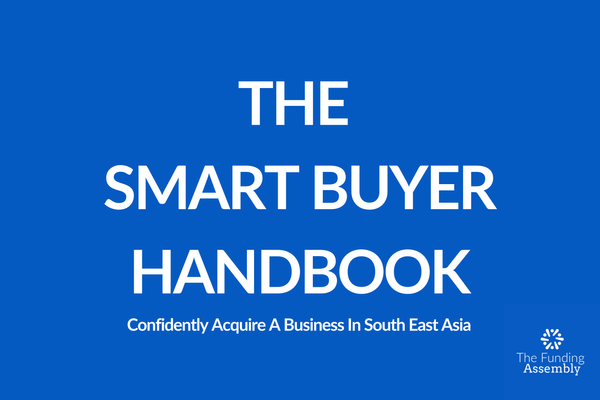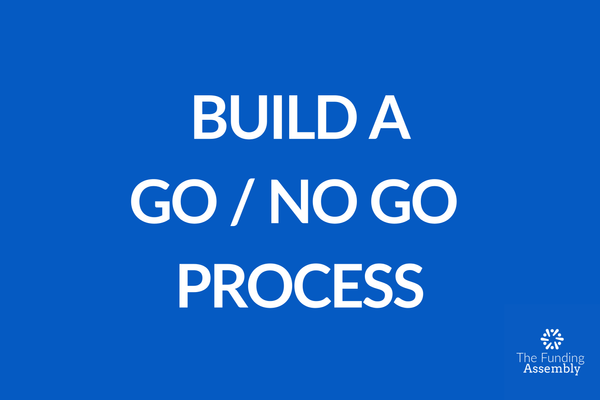In today's dynamic business landscape, financial and operational transparency stands as the cornerstone of successful mergers and acquisitions (M&A). While business owners focus on growth and innovation, potential buyers scrutinize every aspect of a company's operations and financial health. Clear, accurate, and readily accessible data isn't just a nice-to-have—it's essential for accurately assessing a company's true value and future potential.
The consequences of inadequate transparency can be severe: prolonged due diligence periods, increased buyer skepticism, heightened uncertainty, and ultimately, diminished valuations. However, companies that prioritize financial clarity and maintain consistent operational standards position themselves advantageously in the market. These organizations not only facilitate smoother transactions but also command premium valuations by demonstrating their commitment to transparency and operational excellence.
1. Maintaining Accurate and Up-to-Date Financial Records
Financial transparency begins with comprehensive, error-free financial statements. These form the foundation of clear financial reporting and accountability.
Key documents that companies must regularly prepare and update include:
- Profit and loss statements
- Balance sheets
- Tax returns
Maintaining accuracy requires several important practices:
- Using consistent accounting methods to reduce discrepancies
- Regular account reconciliation and reviews
- Periodic audits to verify financial data
Modern technology plays a crucial role in ensuring transparency:
- Accounting software for efficient transaction tracking
- Digital record-keeping to minimize errors
- Automated reporting tools for real-time insights
These practices combine to give stakeholders precise insight into the company's position, reducing due diligence risks and enabling data-driven decision-making.
2. Implementing Robust Internal Controls
A strong internal control framework is essential for building transparency and credibility. Companies must establish clear financial reporting policies and well-defined approval processes for spending.
Financial duties should be properly segregated, with different individuals responsible for:
- Authorizing transactions
- Recording financial data
- Reviewing and reconciling accounts
Regular audits play a crucial role by verifying policy compliance and identifying potential issues early. Modern technology further strengthens these controls through:
- Enterprise resource planning (ERP) systems for real-time monitoring
- Fraud detection algorithms
- AI-powered analytics for early warning of irregularities
These combined measures create a robust governance framework that enhances accountability and strengthens M&A negotiations.
3. Standardizing and Documenting Operational Processes
Clear operational processes are just as crucial as financial transparency in M&A. Companies must establish and document comprehensive workflows across all functions to ensure consistent operations.
Documentation should include:
- Detailed standard operating procedures (SOPs) for production, supply chain, HR, and customer service
- Well-maintained records of contracts, supplier agreements, and policies
- Standard pricing models, inventory systems, and quality benchmarks
Performance monitoring is equally important:
- Track key performance indicators (KPIs) to measure productivity
- Compare operational metrics against industry standards
- Identify competitive strengths and areas for optimization
4. Improving Data Accessibility and Reporting
Easy access to financial and operational data is crucial for transparency. Records should be well-organized and readily retrievable through modern solutions:
- Cloud storage and secure document management systems enable smooth data access while maintaining security and compliance
- Financial dashboards provide real-time insights into company performance
- Regular, clear reports keep stakeholders informed of key metrics
For M&A deals specifically, a virtual data room (VDR) serves as a secure platform for buyer review. When properly organized, a VDR:
- Accelerates the due diligence process
- Builds buyer confidence through structured information access
- Enables effective use of data visualization tools to help investors quickly understand complex information
5. Addressing Potential Risks Proactively
Early risk identification builds trust in M&A deals. Companies must thoroughly assess financial, legal, and operational risks that could affect valuation.
Risk management involves several key steps:
- Open disclosure of potential issues with mitigation plans
- Resolution of outstanding debts and tax obligations
- Compliance with regulatory requirements
- Preparation for potential disruptions (supply chain, economic changes)
Working closely with legal and financial advisors throughout this process ensures compliance and smooth transactions. This proactive approach to risk management demonstrates transparency, builds buyer confidence, and ultimately strengthens the company's appeal to investors.
The Role of The Funding Assembly in Ensuring Transparency
The Funding Assembly helps business owners achieve complete financial and operational transparency, speeding up M&A processes and improving outcomes. Our team ensures accurate, complete, and organized documentation through thorough financial reviews. We assess profit and loss statements, validate tax records, and structure financial data for clarity. Beyond finances, we help organize operational records, standardize reporting, and improve data access. Our strategic guidance on risk management ensures proper handling of liabilities and challenges before negotiations begin. This comprehensive approach builds buyer trust, accelerates due diligence, and maximizes market value.
We also provide expert negotiation support, preparing business owners for effective investor discussions. Whether structuring deal terms or offering valuation insights, The Funding Assembly streamlines M&A processes and positions businesses for success. Our financial modeling services help forecast performance, giving buyers clear insight into growth potential and risks.
For expert guidance on enhancing transparency in your M&A transactions, reach out to us at contact-us@thefundingassembly.com. Let us help you navigate the complexities of financial and operational transparency, ensuring a seamless and successful business transition.
Learn how to enhance financial and operational transparency in M&A with five key steps. Improve financial records, internal controls, data accessibility, and risk management to maximize deal success.
Keywords
financial transparency, operational transparency, M&A best practices, financial records, internal controls, due diligence, risk management, data accessibility, business valuation, mergers and acquisitions



